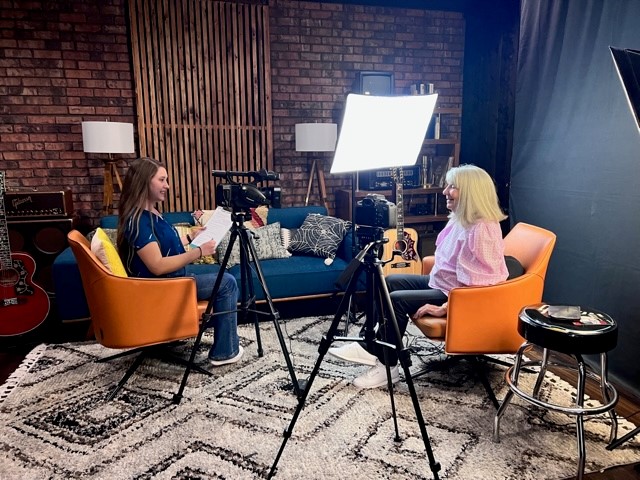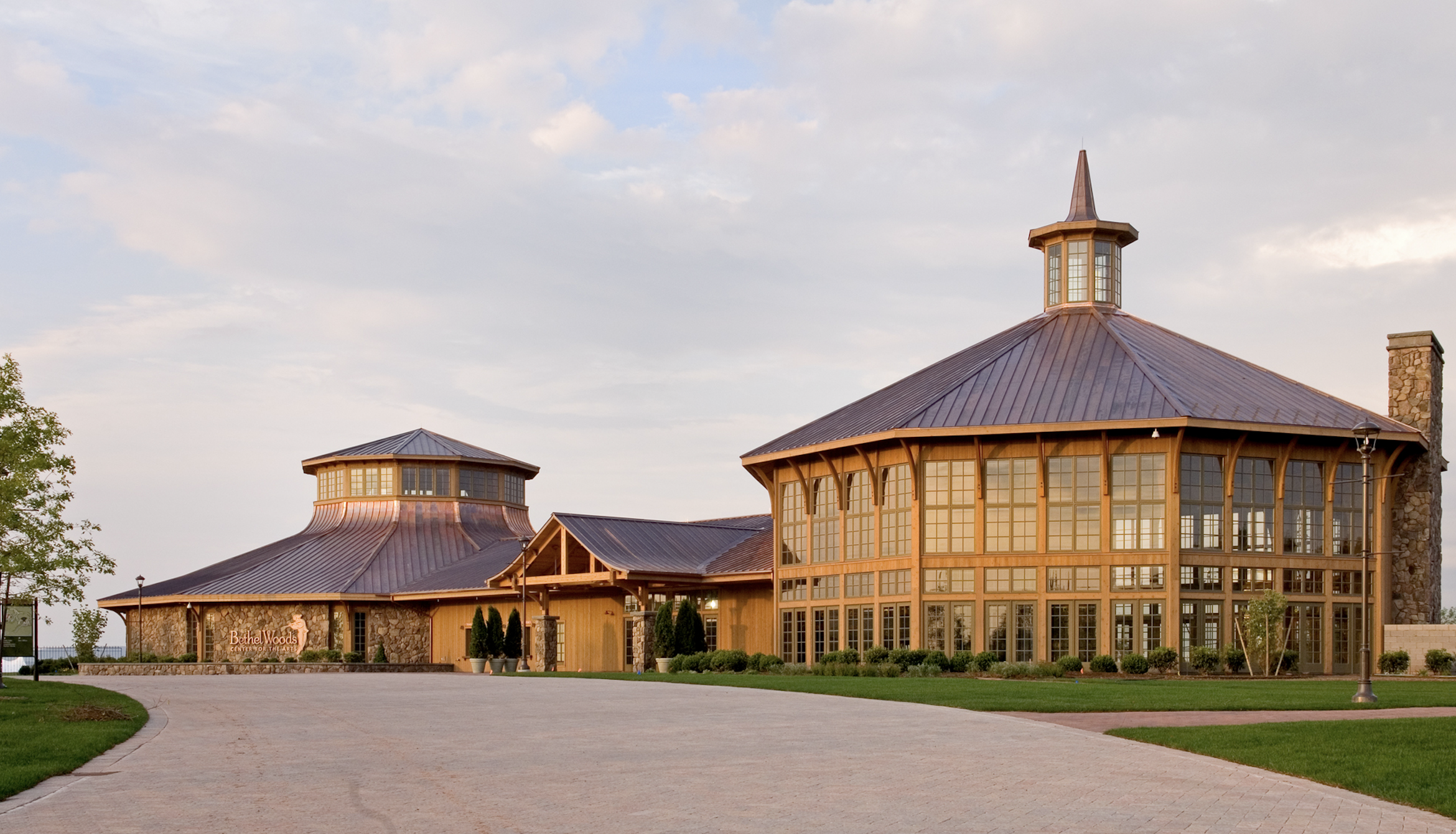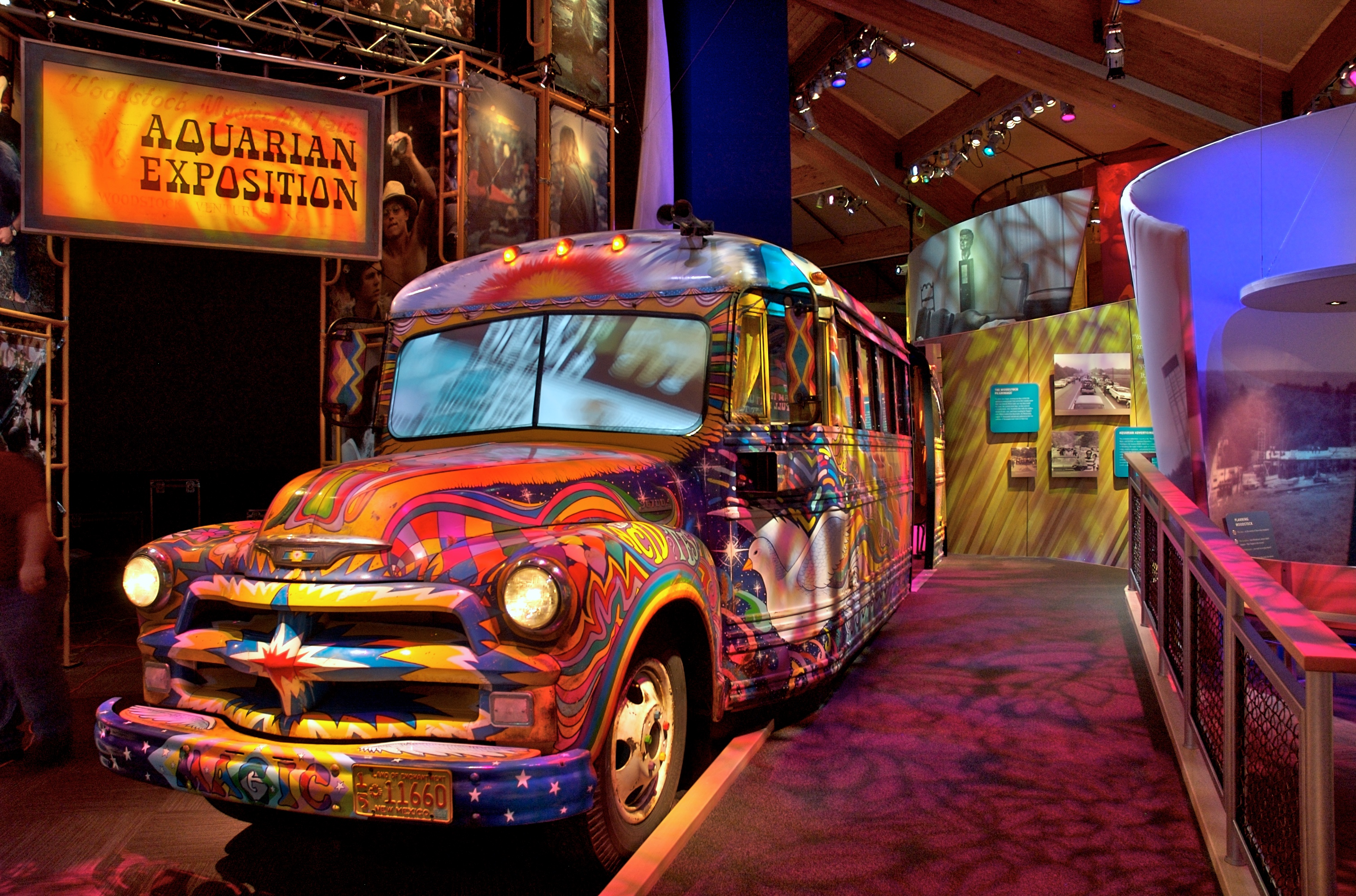
 Nestled amidst the tranquil landscapes of Bethel, New York, lies a time capsule of the 1960s, echoing the spirit of a generation that dared to dream. Bethel Woods Center for the Arts, home to the iconic Museum at Bethel Woods, stands as a testament to both the enduring legacy of the Woodstock Music & Art Fair of 1969 and the profound power of a young museum and small staff to safeguard, interpret, and expand upon that legacy.
Nestled amidst the tranquil landscapes of Bethel, New York, lies a time capsule of the 1960s, echoing the spirit of a generation that dared to dream. Bethel Woods Center for the Arts, home to the iconic Museum at Bethel Woods, stands as a testament to both the enduring legacy of the Woodstock Music & Art Fair of 1969 and the profound power of a young museum and small staff to safeguard, interpret, and expand upon that legacy.
In the fall of 2019, eleven years after opening its doors in 2008, the museum had evolved beyond its initial phase and entered a stage of introspection and enhancement. Recognizing the importance of managing its growing collection effectively, its committed team took proactive measures by securing a DHPSNY Archival Needs Assessment. In this interview, we speak with Julia Fell, Curator of Exhibits, about the impact of the assessment, the museum's admirable oral history project, and advice for institutions interested in embarking on similar endeavors.
Can you provide an overview of the Bethel Woods Center for the Arts and the Museum at Bethel Woods?
The Museum at Bethel Woods is located on the National Register historic site of the 1969 Woodstock Music & Art Fair in Bethel, NY. Our mission is to interpret the social and political history, popular culture, and lasting influences of the 1960s through exhibitions, programming, historic preservation, research, and collections. We are committed to preserving the historic site and interpreting the Woodstock festival’s place in the history of the 1960s and its relevance today.
In 2020, Bethel Woods received a DHPSNY Archival Needs Assessment. Could you share a little about your experience with the DHPSNY application and assessment process?
 The application was a good exercise in reviewing information we already had at our disposal and getting acquainted with the different people who play a role in the care of collections. It helped me to understand and appreciate all the work that goes on behind the scenes to keep our building and facilities running. Also, during the application process, Kate Philipson came out to the site for a pre-assessment visit. It was great to meet with her in space and get an idea for what DHPSNY would be looking at. In our case, it was extra helpful to have this visit as it took place in winter 2020, pre-COVID.
The application was a good exercise in reviewing information we already had at our disposal and getting acquainted with the different people who play a role in the care of collections. It helped me to understand and appreciate all the work that goes on behind the scenes to keep our building and facilities running. Also, during the application process, Kate Philipson came out to the site for a pre-assessment visit. It was great to meet with her in space and get an idea for what DHPSNY would be looking at. In our case, it was extra helpful to have this visit as it took place in winter 2020, pre-COVID.
During lockdown it was unclear if or when our assessment could take place. Thankfully, by working with our assessors, we came up with a solution. Combining Kate’s observations during her informal visit, the thorough application form, and additional photographs of collections spaces provided by our team, the assessment moved forward remotely. Representatives from the relevant departments gathered on Zoom to discuss the DHPSNY team’s questions and complete as normal of an assessment as possible. The wealth of knowledge and experience the assessors have was very apparent as they asked their questions, and I knew that we were going to get a thoughtful and thorough report.
Were there any unexpected discoveries or insights gained through the assessment process that impacted the museum's planning or understanding of its archival holdings?
One of the most significant insights that I gained during the assessment process was defining the different needs for archival holdings as opposed to individually accessioned collections items. As a young museum with a small staff, we did not have the capacity or experience to set up a separate archiving system. This is still something we need to accomplish, and thanks to DHPSNY we have the expert opinions and recommendations needed to apply for grants and seek other funding to support increases in our staff capacity and expertise. This is particularly important as we expand our landmark oral history initiative, which has garnered over 900 new audiovisual interviews with associated archival materials.
Can you share a few insights into the significance of oral history in preserving and sharing the cultural heritage of the Woodstock Music and Art Fair and its era?
The impact of collecting these first-person stories is already tangible and holds limitless opportunities for future interpretation. We are at a very unique moment, where Woodstock participants are mostly still alive, but it’s apparent that we won’t have access to these storytellers forever. Some have already slipped away. The diversity of perspectives, thoughts, and feelings about Woodstock and the 1960s are critical to preserve. They have the power to help us learn about ourselves and our current world – there are endless parallels between the cultural and political climate of the 1960s and today. Perhaps the foremost of these parallels is the human need to be heard and validated, which echoes across all generations and all eras of history. By gathering these stories via oral history, we provide an outlet for this need and gain a rich, intimate storytelling experience which evokes and captures emotional elements you just can’t get without a face-to-face conversation.
Has the museum implemented recommendations or changes resulting from the Archival Needs Assessment, and what impact have these changes had on the institution's archival practices?
Yes! One significant impact of the DHPSNY recommendations was the implementation of a more robust internship program with a focus on oral history. Since spring 2021, we have hosted 14 interns for in-semester, remote internships and in-person summer internships. The interns help us increase our staff capacity, including processing the archival materials associated with interviews such as transcripts. We are also thrilled to be able to expose the next generation of museum professionals to the many benefits of oral history programming.
Do you have a personal favorite item from the archival collections? If so, could you share a bit about it and its significance?
I might sound like a broken record, but I’d be remiss to not highlight the oral histories. Aside from the priceless content that is recorded and preserved, the act of collecting these stories is an unspeakably powerful experience in my life. I really think it is among the most important work I will ever do. There are a few storytellers that I’ve been moved by or connected with on a very deep level. I’m so grateful and sometimes still astonished that I get to be a part of this.
What advice or recommendations would you offer to similar institutions interested in applying for DHPSNY services?
Talk to your assessors during the application process! They want you to succeed and will be happy to answer any questions you have about the application. During a very unusual time the folks at DHPSNY made our assessment work, and I know that they want to do whatever they can to help organizations find the best outcomes possible.
Considering your own experiences and lessons learned, what would you share with an organization embarking on an oral history project?
Oral history is all about listening.
You may go into the project with a vision and a plan for how each interview will go, but this will inevitably evolve. Maintaining consistency where you can is great, but be prepared for things to take on a life of their own. Making room to validate someone’s experiences and build trust is more important than ticking off every question on your clipboard.
It’s also important to listen to your community. Work with consultants and partners to assess what needs your project is (or isn’t yet) serving. Take a hard look at who feels comfortable approaching you and who feels like their voice deserves to be heard. Chances are there are a wealth of storytellers out there who need you to go the extra mile to build trust and prove that you care. Working with trusted community partners and traveling to meet people in their own environments has become a cornerstone of our program.
Images: Julia Fell interviews a Woodstock alum at a pop-up history program in Los Angelos (cover image); Museum at Bethel Woods, exterior; Museum at Bethel Woods exhibit, 2020; Summer intern Amelia D. interviewing a Woodstock alum at a pop-up oral history program at Bethel Woods, 2022; Julia Fell.